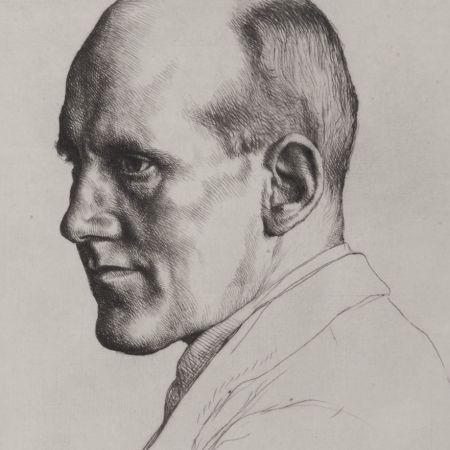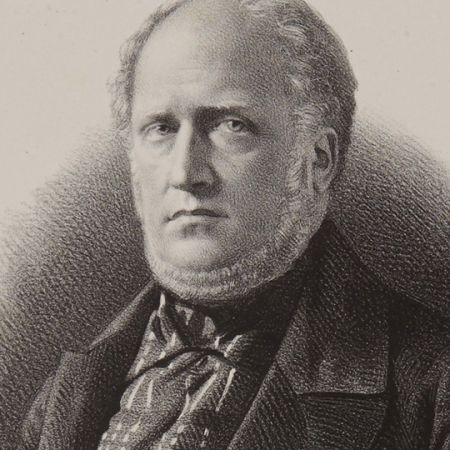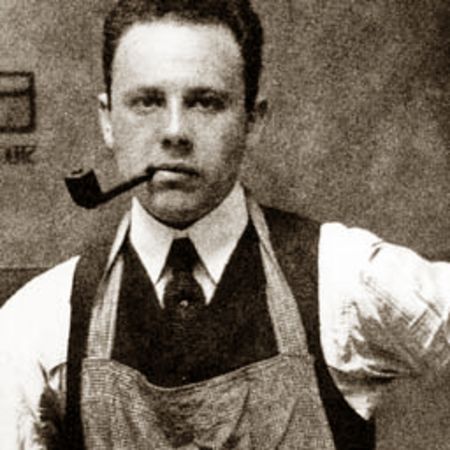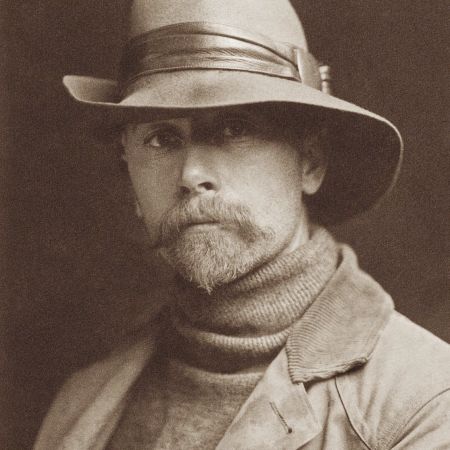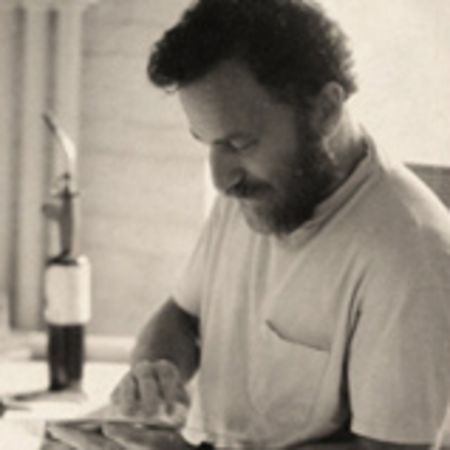William Henry Fox Talbot
British, 1800–1877
View all works on Photogravure.com
A member of the English aristocracy, William Henry Fox Talbot was the inventor of the negative/positive process that became the basis of most early photography. His achievements in the history of the medium often overshadow his significant contributions to the photogravure process.
Talbot decided to pursue the possibility of capturing images from nature after being dissatisfied with his attempts at drawing the Italian landscape on his honeymoon in 1833. Within a few years, he was creating images by laying objects like feathers and lace on sheets of paper sensitized with silver salts, and exposing them to light. These cameraless prints, or photogenic drawings, were the equivalent of photograms. Simultaneously, Talbot was experimenting with making photo-etchings of these objects. In 1839, spurred by Louis Daguerre’s announcement of the daguerreotype, Talbot rushed to exhibit and report on his own photographic process, the calotype or Talbotype. A year later, Talbot realized he could develop a latent image, rather than have it appear directly from the action of light, which reduced his exposure time from minutes to seconds. Unfortunately, he chose to patent his process, which discouraged its wide use and gave the competitive edge to the daguerreotype, which practitioners did not have to pay to use.
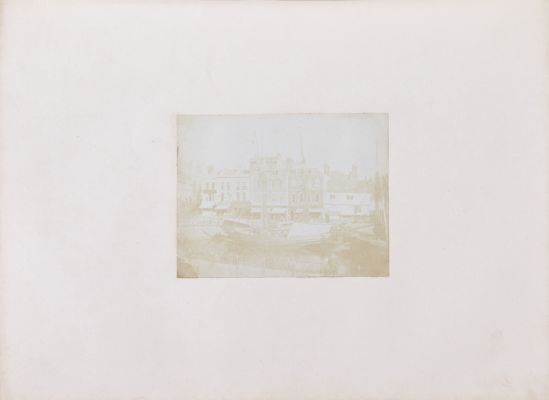
Harbor Scene with Boats, 1846
Between 1844 and 1846, Talbot issued parts of his book The Pencil Of Nature, the first publication illustrated with original photographs. Twenty-four calotypes displayed landscapes, people, still lifes, and architecture, including scenes of Talbot’s family estate, Lacock Abbey.
Discouraged by the fading of many of his calotypes, Talbot began to aggressively experiment with printing photographic images with ink. In the 1850s, Talbot patented two advances in the method of making photo-etchings. The first was his discovery that gelatin treated with potassium bichromate hardens when exposed to light. The second was his recognition of the necessity to break up the image area with a type of screen. Images from nature required a network of lines so that large etched areas of the plate would hold ink. Initially, Talbot used a gauze mesh, his photographic veil. Later he improved on this method by dusting the plate with copal powder to give the image a finer, more random pattern. At this time he also began using transparencies of his camera images to make prints that he called Photoglyphic Engravings.
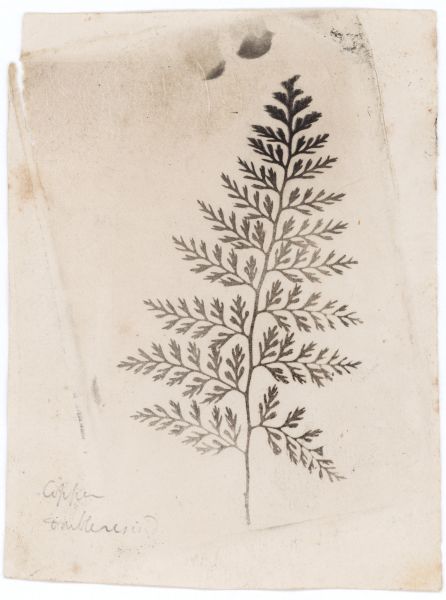
Fern, 1863
Talbot’s work in photogravure was refined in 1879 by Karl Klíč, resulting in the Talbot-Klíč photogravure process that is still used today.

